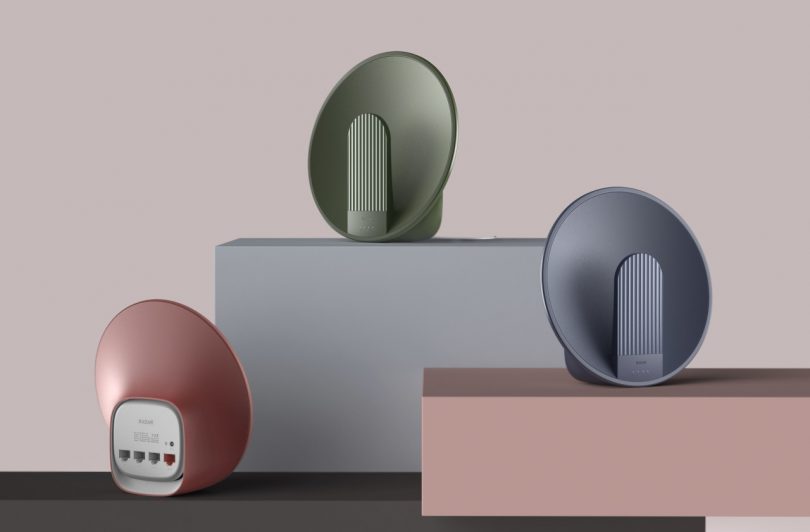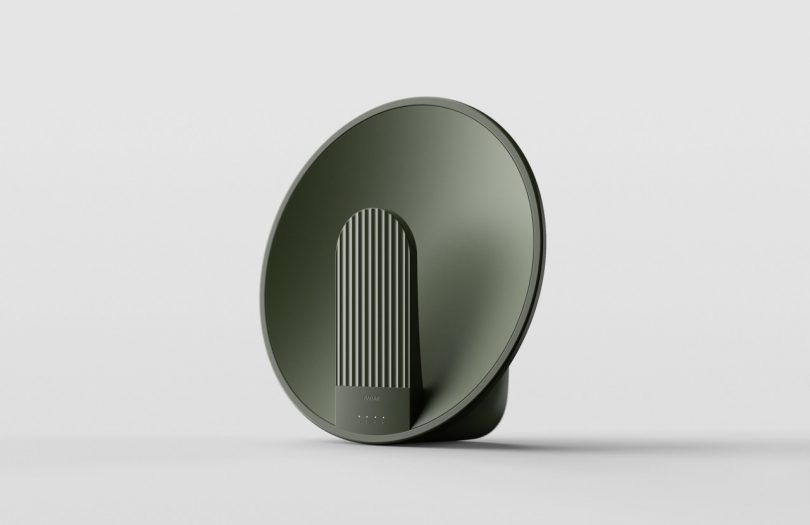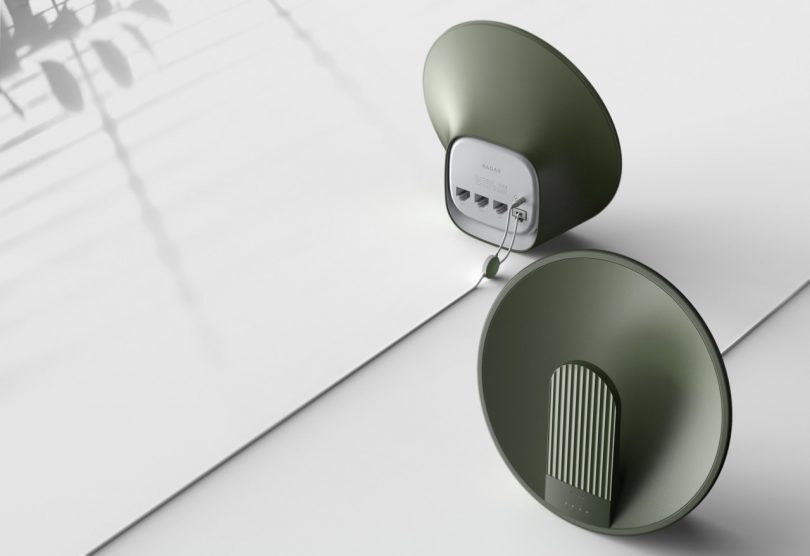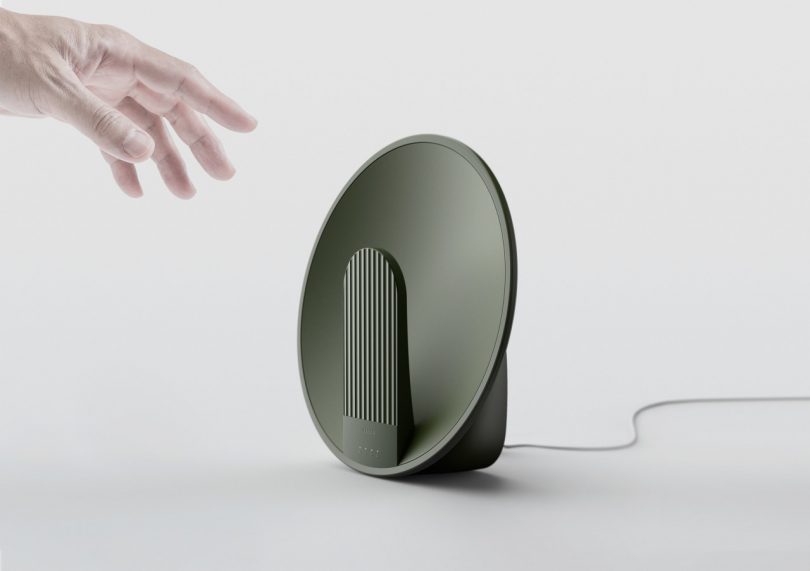RADAR Router Signals for a More Pleasing Wi-Fi Connection
A circular dish-like design shaped to maximize and concentrate wi-fi signal that's stylish enough to be left out in plain sight.
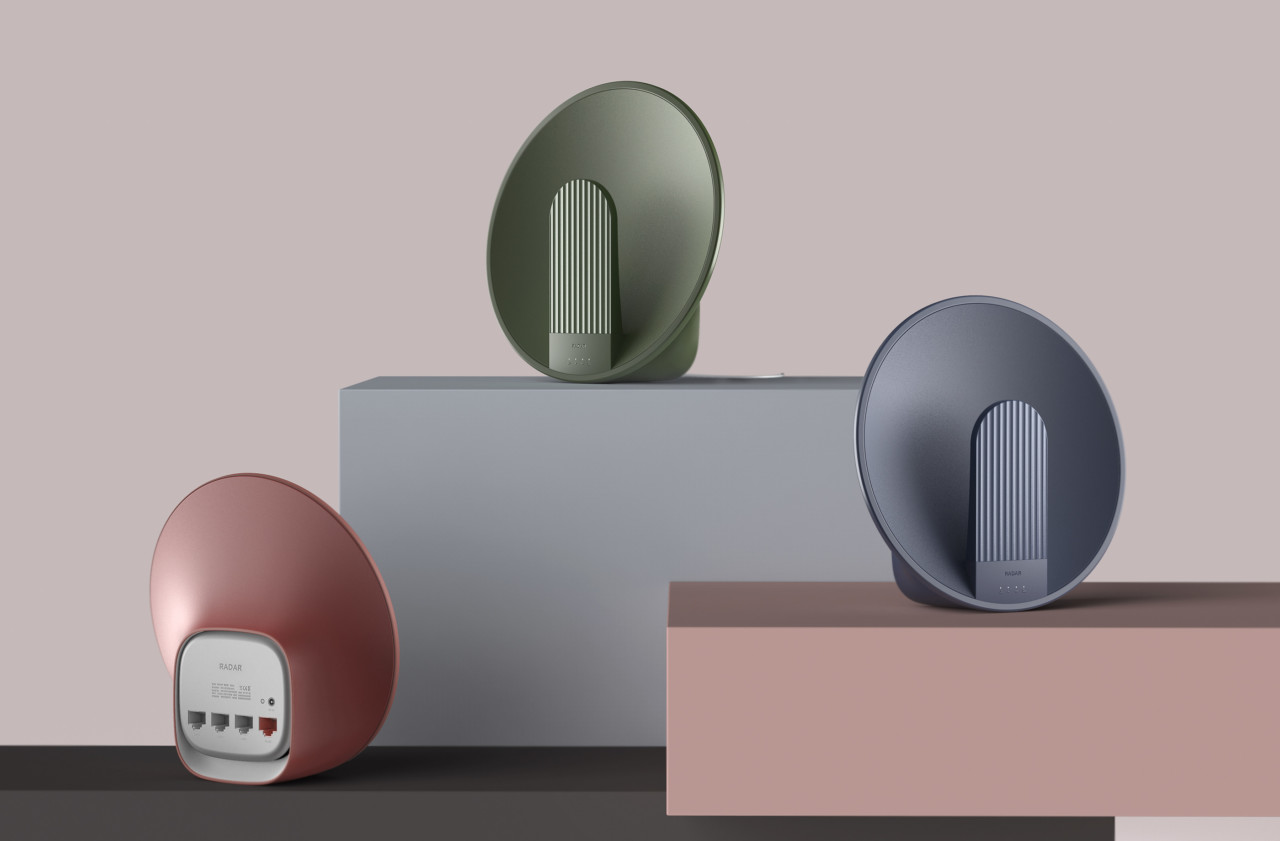
K-Design Award winner Yeo Jaewon’s RADAR Router sets to solve that most urgent and modern day of challenges: alleviating a poor wi-fi signal caused by walls and other elements within an interior space.
Referencing well established designs already used to amplify light, alongside video and audio signals, the RADAR Router’s circular dish-like design is shaped to maximize and concentrate wi-fi signal, albeit in a pleasant form factor more suitable for the catalog of HAY rather than Best Buy.
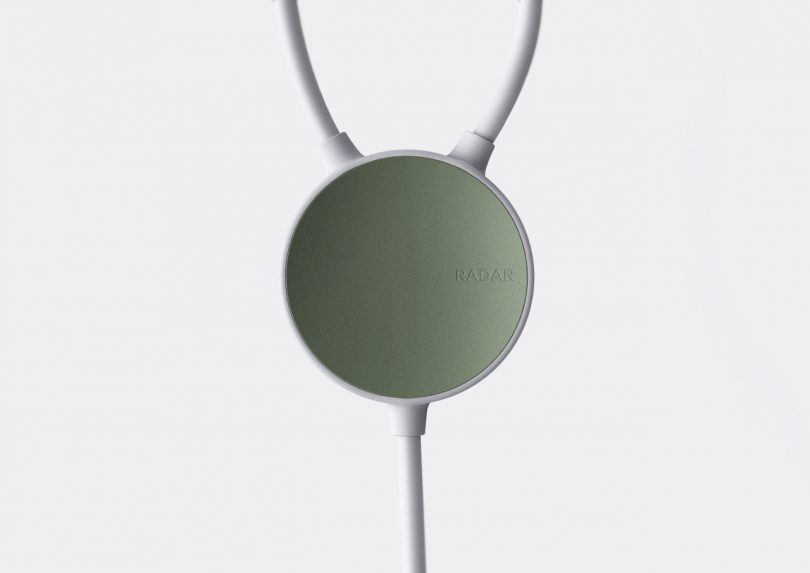
Wi-fi reception improves when routers are left out in the open, thus the RADAR Router’s power cable and main LAN cable are harnessed and combined into a single cord, resulting in an object more apt to be left in plain sight.
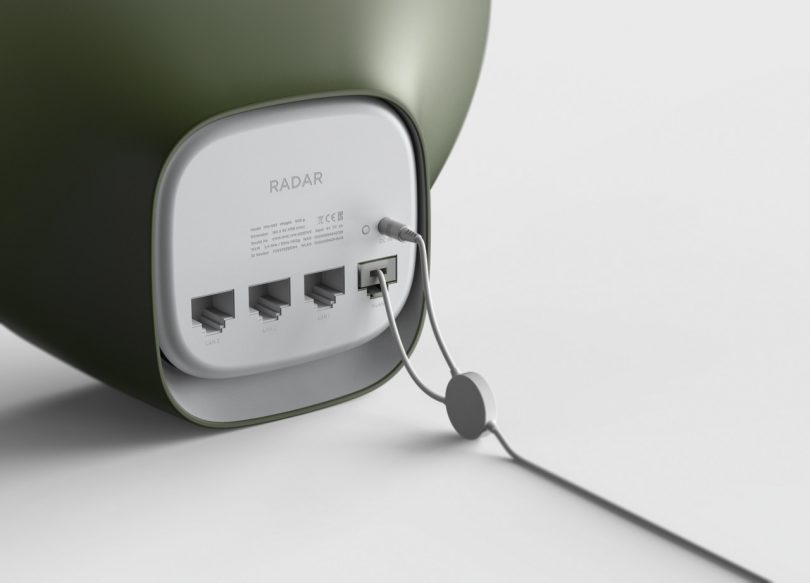
The back of the RADAR Router reveals three additional LAN ports for connected internet access, but more importantly, to attach additional smart home devices requiring a network connection.
While the RADAR Router is currently only a design competition winning concept, network manufacturers like Google, Amplifi, and Asus are increasingly improving wi-fi router designs to be openly adopted as part of a room’s aesthetic, rather than hidden away.

